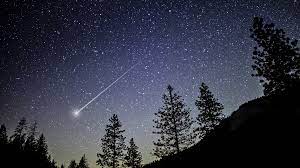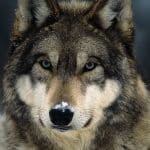Meteoroids – Drifting through space.
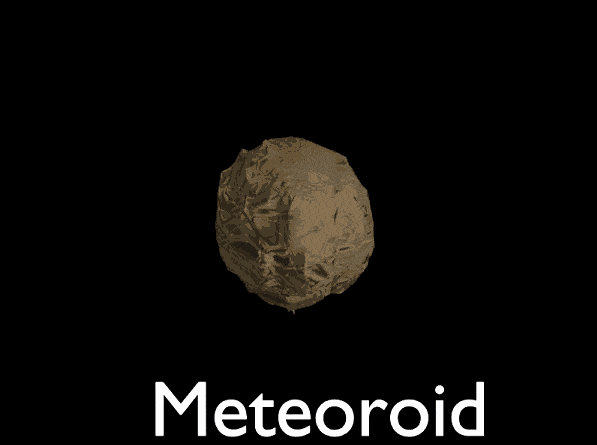
Meteoroids are pieces of space debris that come in a wide range of sizes and categories- from microscopic specks of cosmic dust to boulders several feet across! Meteoroids that enter the Earth’s atmosphere are called meteors.
If you have ever watched a “Shooting star” dart across the sky, you have seen a tiny piece of cosmic rock or ice meet a fiery end. As it rushes through the outer layers of the earth’s atmosphere, friction with air molecules cause it to glow white-hot. The meteor usually burns up completely within a fraction of a second, long before it is able to reach the earth’s surface. The dust that remains slowly settles through the atmosphere to the earth’s surface, where it becomes part of the soil.
Meteor Showers – Many, many meteors!
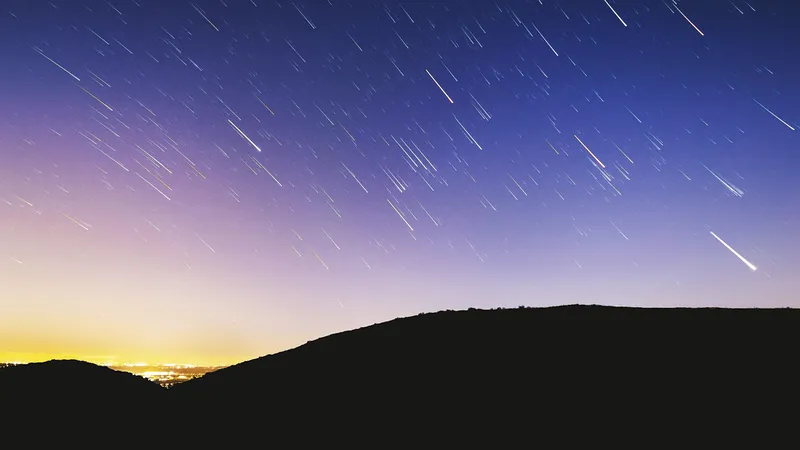
A meteor shower occurs when a cluster of meteoroids pass through the outer layers of our atmosphere. During a meteor shower, hundreds of meteors may be seen shooting through the sky in around an hour. These clusters are usually debris trails left by comets. If you want to see a meteor shower, check your school or local library to find out when they occur each year. You can look in an encyclopedia, an almanac, a book on meteors, or a space magazine to find a schedule. Once you discover when the shower will take place, ask your parents whether you can stay up late or wake up early to view it. Be sure to mark a calendar so you do not forget to look up in the sky when a meteor shower is scheduled to take place.
Meteorites – Reaching the ground.
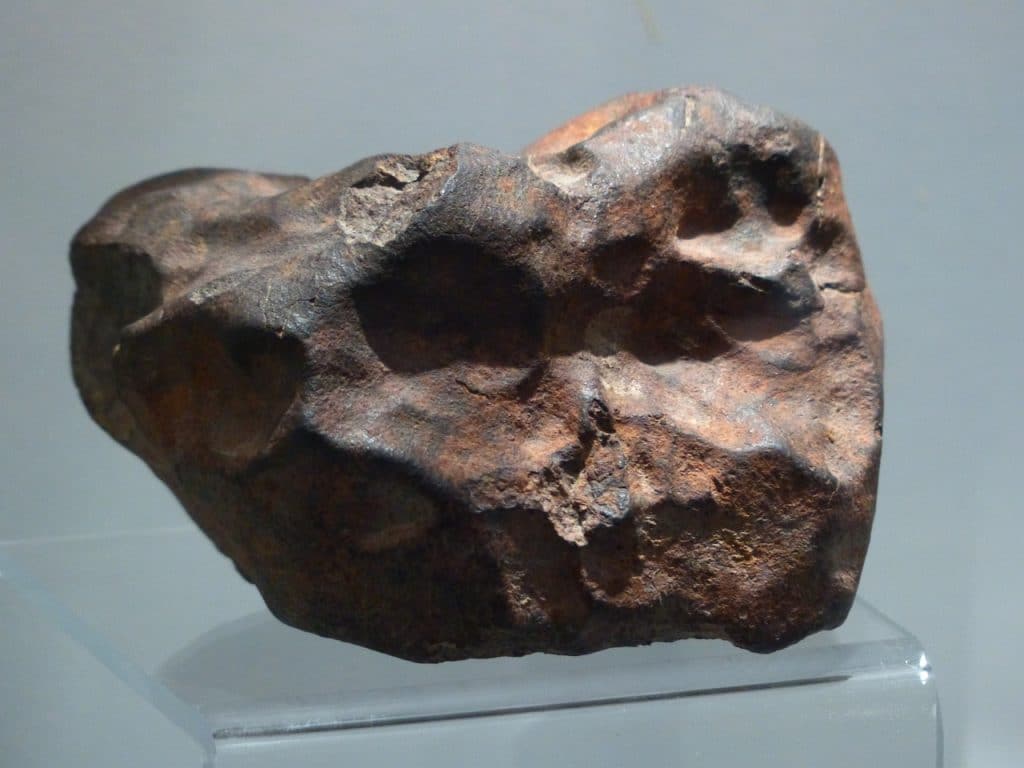
Not all meteors burn up in the earth’s atmosphere. An occasional meteor is too large and dense to be completely destroyed by air friction. Although much of it burns away, some of it may pass though the atmosphere and hit the ground. A meteor that has landed on the earth’s surface is called a meteorite.
A meteorite may be a pebble weighing only a few ounces, or it may be a huge boulder weighing several tons. Of the thousands of meteorites that hit the earth each year, almost all are so small that you would never even notice them. Only a few are large enough for scientists to collect and study.
- Meteoroids are space particles that have not entered the earth’s atmosphere
- Meteors are space particles traveling within the earth’s atmosphere
- Meteorites are space particles that have passed through the atmosphere and landed on the Earth.
